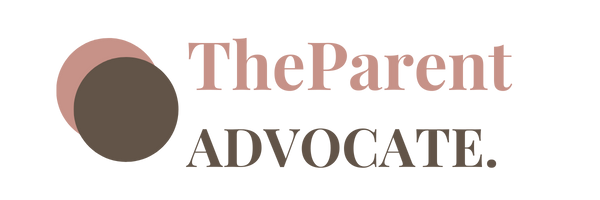When the IEP isn’t working for your child
So you go through the process of getting an IEP created for your child with the belief that things will start to improve once it’s in place, and then in the months to come, it doesn’t.
So here’s the truth, not all Individual Education Plans (IEPs) are created equal. Creating a comprehensive IEP takes experience, expertise, in-depth knowledge of the child, and time. Too often, an IEP that has been created lacks the individualization needed to ensure it is effective for the specific child.
If you’re finding yourself in this situation, here are a few things to consider.
Have the recommendations from the psycho-educational assessment been incorporated into the IEP?
The recommendations from the psychologist are the first place to start. These have been tailored to your child’s unique learning profile and should be included in the accommodations section of the IEP. Take out the psycho-educational assessment and read over the recommendations at the end to see if they have been reviewed and utilized. Sometimes the language in the IEP may differ from the report, but still reflect the recommendations, so speak to someone with a background in education to help you understand what the terminology means.
Are the goals in the IEP realistic and appropriate for your child?
If your child is on a modified program, at the top of each program page you can find their learning goal for the year. If this goal is too low, then your child may not be challenged within the classroom, which is why things may not be improving. On the other hand, if the goal is much too advanced for your child, you also won’t see any improvements as they are struggling to reach the goal that has been set for them.
Is the IEP being implemented appropriately by the classroom teacher?
Sometimes the IEP can be comprehensive and individualized for your child, but it is not being implemented by your child’s teacher(s). Read through the accommodations in the IEP and ask yourself “am I seeing these things being used in the classroom?” If your child is old enough, ask them about the supports that are being used in the classroom to get a better understanding of what is taking place. Remember, an IEP applies to every class your child has, so if they are in middle school or high school, all of their teachers must be implementing it.
Does their program placement align with the level of support they need?
On the first page of the IEP you can find your child’s program placement. This indicates the level of support they will be receiving and where they will receive it. If the program is “regular class with resource support” and you’re finding that your child isn’t receiving enough support, perhaps this needs to be changed to “regular class with withdrawal support” so that they can start coming out of the regular class and receive programming from a special education teacher. On the other hand, if you find they aren’t being challenged enough and currently have a placement of “partially integrated in a special education class” perhaps it is time to transition them back into the regular classroom for a larger part of their day.
After digging a bit deeper to see what is going on, here are your next steps.
Book a meeting with the classroom teacher and special education teacher (if there is one) to discuss the IEP.
Be upfront about the fact that you aren’t noticing any improvements now the IEP has been in place for a few months and want to review it together so that your child can start experiencing success in school.
Prepare for the meeting by writing down your observations and your thoughts on what may be the issue.
Plan the questions you want to ask and be prepared to take notes during the meeting.
Be respectful in your communication and open to collaboration, while using assertive language so that others understand the goals you and your child have set.
If you’ve gone this route already, then it is time to involve the school administration, so invite them to the meeting as well.

